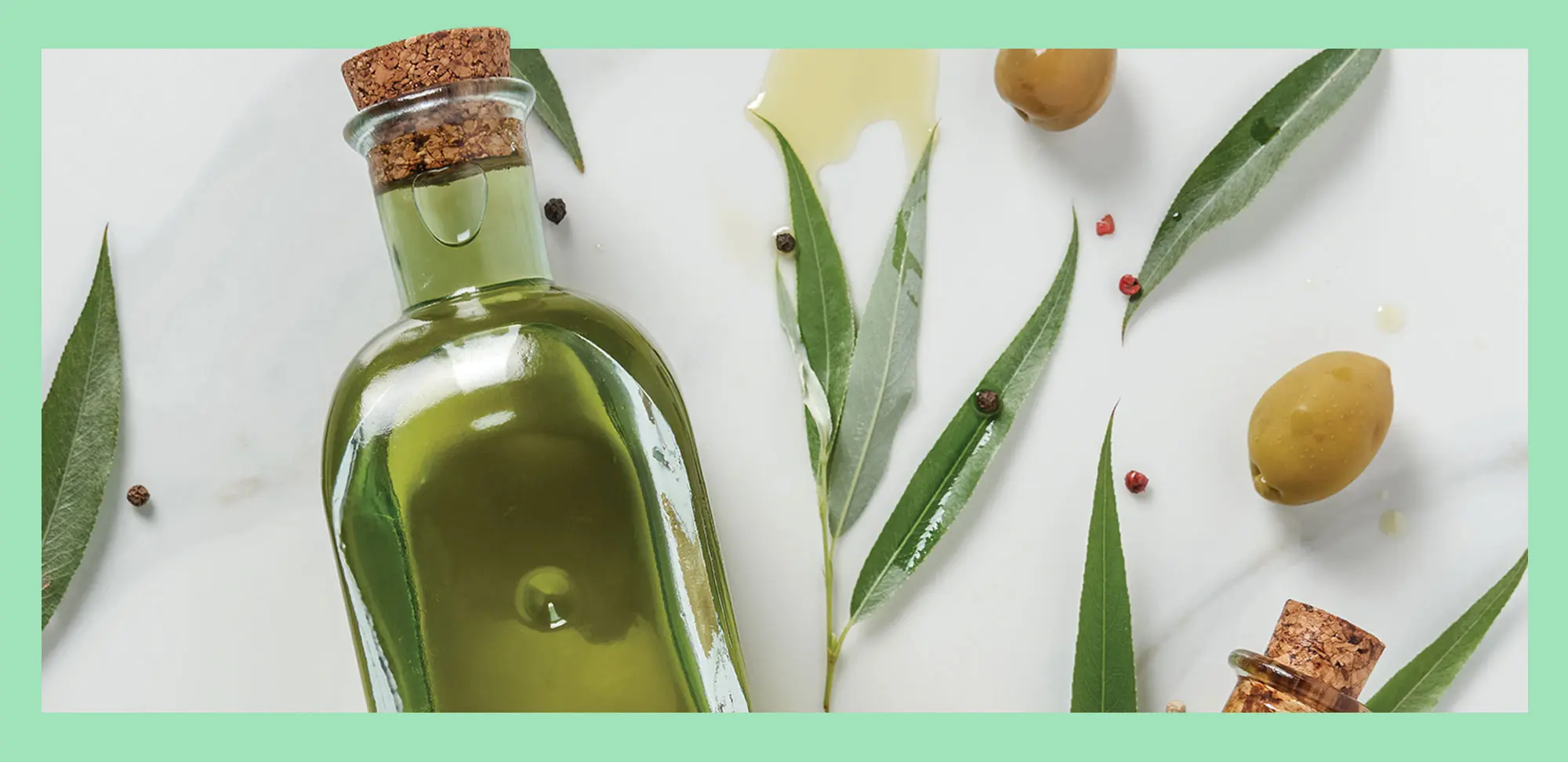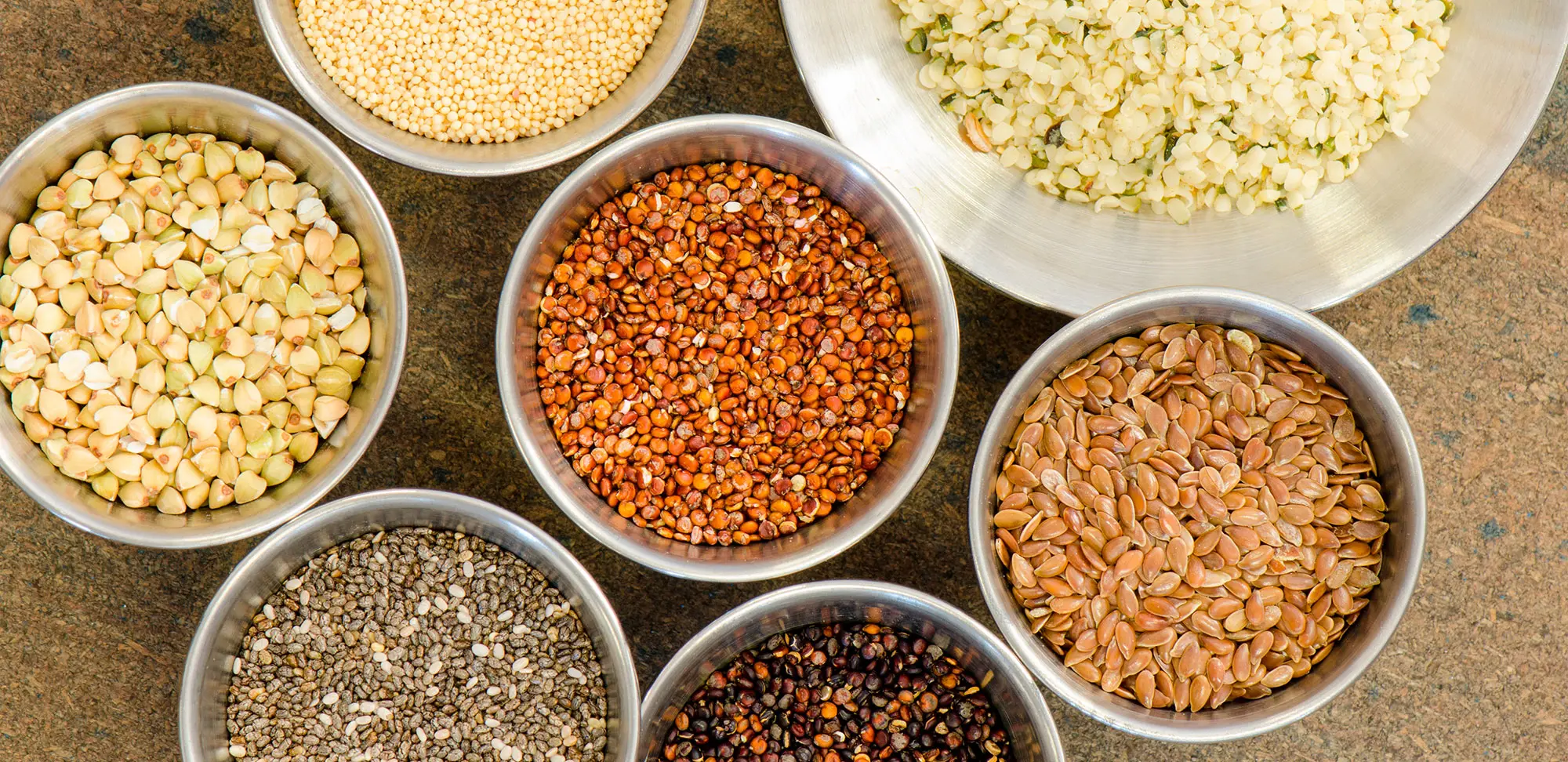A stroll down the supermarket oil-and-vinegar aisle shows you a lineup of cooking oils you wouldn’t have seen a decade ago. So, if you’re confused about what’s healthiest and what to use when, you’re not alone.
Dietary fats, including those found in oils, provide energy and essential fatty acids and help your body absorb the fat-soluble vitamins A, D, E and K. They also add flavour, texture and aroma to foods. Oils help you absorb some important protective plant compounds with anti-inflammatory properties. And, many oils are rich in monounsaturated fats, one of the “good fats.”
The best oils to choose for cooking are those with a higher smoke point, the temperature at which oil is no longer stable, starts to burn and smoke, breaks down and oxidizes. The higher-smoke-point oils include extra virgin olive oil, avocado oil, peanut oil, canola, grapeseed and sunflower oils. It’s also smart to use oils that are not overly processed. Oils with lower smoke points such as flax seed oil, palm oil, hemp oil and walnut oil are better for salad dressings and cold or room-temperature dishes.
Olive oil
Although I have several different oils in my kitchen, extra virgin olive oil is definitely my favourite go-to. It’s a big part of the Mediterranean diet, which has been shown to protect health in lots of ways.
The smoke point of extra virgin olive oil is between 365°F and 410°F (185°C and 210°C), a common cooking temperature for many recipes. Olive oil is versatile, rich in antioxidants and vitamin E, and has a very appealing flavour. Use it for baking, cooking, sautéeing and salad dressings.
Light olive oil is refined and lighter in colour and flavour but not calories. It does, however, have fewer nutrients and, some would say, less taste.
Tip: Choose extra virgin olive oil, which is less processed than other olive oils and has more disease-fighting compounds. Instead of putting butter or margarine on your whole wheat bread, dip it in a little olive oil — or better yet, make a spread such as hummus, which blends olive oil with beans or chickpeas.
Avocado oil
I felt a little disloyal to my EVOO when I first tried — and really liked — avocado oil. I use it in several recipes, and it’s become my backup when I need a change. It has a smoke point of over 500°F (260°C), making it great for high-heat cooking like deep-frying but also very good for all kinds of other uses, such as stir-frying and sautéeing. Its nutritional composition is similar to olive oil and it’s also rich in heart-healthy fats. Its mild avocado taste isn’t overwhelming, and it works well in many recipes or drizzled on a winter salad.
Sesame oil
Sesame oil has a medium-high smoke point similar to olive oil. Its distinctive nutty flavour is its calling card, and it’s also rich in powerful disease-fighting antioxidants. Use it for sautéeing, stir-fries, stovetop dishes and even as a salad dressing. Toss it with cut-up vegetables such as sweet potatoes before roasting on a sheet pan. And use instead of butter on hot vegetables.
Tip: Regular sesame oil is different than toasted sesame oil. The toasted oil has a nuttier flavour and is more suitable for finishing a dish than cooking one.
Coconut oil
While often touted for many different health benefits, the jury is still out on coconut oil’s real benefits, especially by comparison to other healthy oils, including olive and avocado oil. There’s no evidence that a moderate intake of coconut oil is harmful, so until we know more, it’s probably best to use it in moderation.
Canola oil
Canola oil, developed in Canada in the 1970s, is a good source of healthy fats, has a medium-high smoke point for a wide range of cooking methods, and is neutral in flavour, making it another good standby in the kitchen.











